FOR IMMEDIATE RELEASE
Contact: Devon Downeysmith
devon@healthjusticerecovery.org
State announces criminal system savings to fund substance use treatment
Measure 110 specifically directed savings from no longer criminalizing addiction to fund vital addiction recovery services.
Portland, OR – May 17, 2023 When voters passed Measure 110 in 2020, they recognized that criminalizing individual possession of controlled substances is ineffective, expensive, and does disproportionate harm to communities of color. Measure 110 was also designed to increase treatment options in local communities by capturing dollars saved from the criminal system and investing them into local addiction recovery services.
Today the state office of economic analysis announced that nearly $40 million dollars will be moved to the Measure 110 services fund to help pay for vital addiction recovery services. These dollars are the result of direct savings from within the criminal system due to no longer criminalizing addiction. (Slide 16 from the May 2023 Economic and Revenue Forecast released today.)
“Treating addiction as a health issue is more effective in getting people help and it costs significantly less than criminalizing them for a health issue,” said Tera Hurst, Executive Director of the Health Justice Recovery Alliance. “It costs as much as $35,000 per person per year to criminalize someone in a misdemeanor drug case, and $9,000 on average to provide that same person with evidence-based treatment that may very well save their life.”
In addition to redirecting excess cannabis tax revenue for addiction recovery services, Measure 110 also directs criminal system savings from the law to go toward funding more treatment and recovery services.
“Addiction recovery providers were having to look at making big budget cuts due to earlier economic forecasts that cannabis revenue would be down. We are thrilled to see that these savings from no longer criminalizing addiction will help make this funding whole and be used to help us maintain services at their current level and hopefully expand too,” said Monta Knudson, CEO of Bridges to Change.
Dollars generated from Measure 110 criminal system savings will be distributed to local addiction recovery providers to increase access to low-barrier substance use treatment, peer support, housing, harm reduction services, supported employment, and more in their communities.
The State reported that the majority of Measure 110 savings come from reduced caseloads for probation and post-prison supervision. The State also reported that Measure 110 could potentially result in additional savings within other State agencies, including the Judicial Department and Oregon State Police. No reductions were made to any of these departments’ Legislatively Adopted Budgets specifically in response to Measure 110.
While decriminalizing possession, Measure 110 does provide for a citation system that the City of Portland has, for the first time, started utilizing this month, which will also help connect people to services.
The last data released by the Oregon Health Authority showed more than 60,000 people had received M110 funded services through September, 2022. New data that includes the final quarter of 2022 will be released in late June. Polling shows that two-thirds of Americans support eliminating criminal penalties for drug possession and replacing them with a public health approach. 72 percent of Oregon voters reported that they believe drug use and addiction should be addressed through the public health system.
###
The Oregon Health Justice Recovery Alliance is a statewide advocacy coalition whose work is focused on successful implementation of the Drug Addiction Treatment & Recovery Act. The Alliance works to ensure that the new law centers on the needs of communities most harmed by the war on drugs: Black, Latino, Native and tribal communities. The coalition represents more than 75 community-based organizations across the state with deep knowledge and experience working to serve and strengthen local communities: medical associations, culturally-specific organizations, labor, harm reduction and recovery providers and advocates, people in recovery and more.
